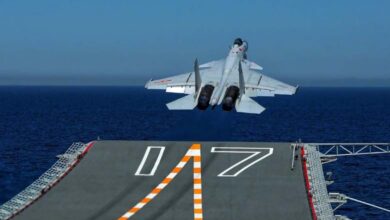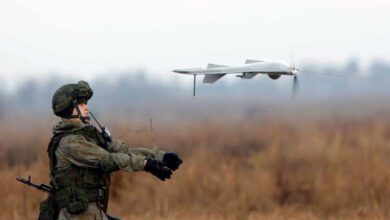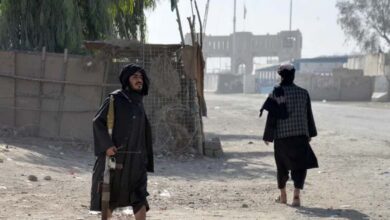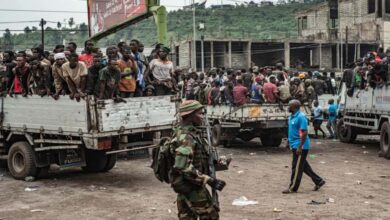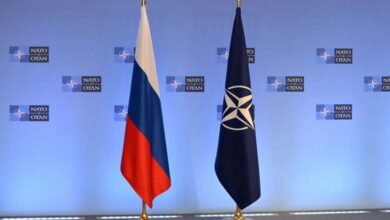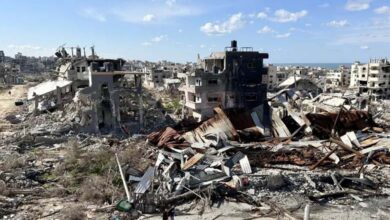The Numbers Game in the Arms Race: Russia Shows Greater Efficiency While the West Maneuvers
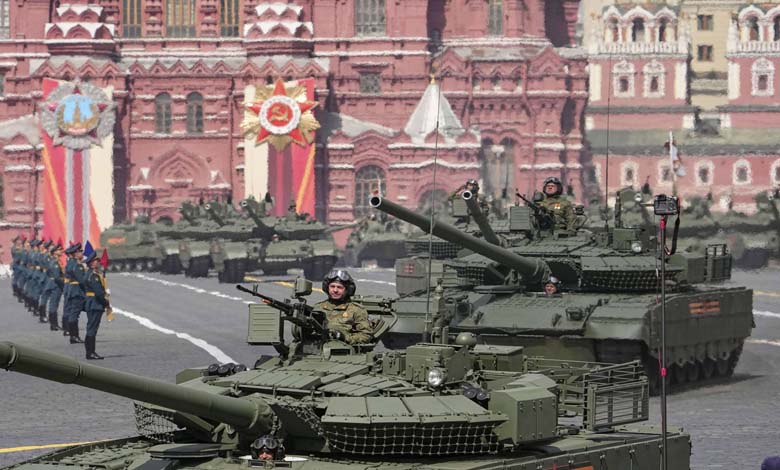
Recent reports suggest that the West’s “misleading estimates” of Russian weapon costs are intended to divert attention from the growing flaws of U.S. weapons systems in Ukraine. According to Responsible Statecraft, Western governments deliberately exaggerate the price of Russian arms to create the illusion of financial strain in Moscow, while concealing the weaknesses of their own defense industries.
-
The Russian Harmony system: A secret ploy to shield nuclear submarines
-
Russia Accuses Dbeibah’s Government of Supporting Ukraine to Spread Chaos in the African Sahel
By assuming that Russian weapon systems cost roughly the same as their U.S. counterparts, and by conflating export prices with Russia’s internal production costs, Western estimates rely on “distorted figures.” This inflation of numbers supports the narrative that Russia is under unsustainable pressure, while downplaying the increasing challenges facing Ukraine and NATO as they struggle against Russia’s relatively inexpensive yet highly effective missiles and drones.
The report also notes that even if the United States and Europe were to send all their air defense missiles to Ukraine, they would still be unable to stop the majority of Russian strikes, largely due to the high cost and slow production rate of Western missiles, as well as their lower-than-expected interception performance.
-
The largest in three years: Russia’s Belgorod plunged into darkness after Ukrainian attack
-
The Thousand Cuts – Russia’s New Weapon to Wear Down Ukraine as Winter Approaches
Nonetheless, Western media and think tanks continue to describe Russian expenditures as unsustainable. Forbes Ukraine estimated that Russia spent $7.5 billion on missiles in the first two months of the war—roughly 8.7% of its 2022 defense budget. Similarly, Newsweek cited Forbes Ukraine in reporting that an attack on Ukraine’s energy infrastructure on August 19, 2024, cost Moscow $1.3 billion. The Institute for the Study of War claimed that Russia was “likely unable to sustain large-scale missile and drone strikes on a regular basis.”
Yet, Russia’s ongoing and intensive operations over the past six months have cast doubt on such claims. Many of these analyses trace back to an October 2022 Forbes Ukraine article estimating missile costs: the Kh-101 at $13 million, the Kalibr at $6.5 million, the Iskander at $3 million, the P-800 Oniks at $1.25 million, the Kh-22 at $1 million, and the Tochka-U at $300,000.
-
A Night of Fire: Russia Strikes Ukraine with 500 Drones and 40 Missiles
-
Russian Ship Without Radar off Danish Coast: Technical Failure or Military Tactic?
While some of these numbers may seem reasonable, most appear suspiciously close to the prices U.S. taxpayers pay for similar missiles, calling their accuracy into question. Seeking more realistic estimates, Defense Express Ukraine later suggested that the Kh-101 costs around $1.2 million, the Kalibr roughly $1 million, the Iskander-R 500 about $1 million, the Iskander-M 7239 ballistic missile $2 million, and the SS-N-22 cruise missile approximately $3 million.
Although the Russian defense budget lacks transparency, the cost of weapons development and production is significantly lower than in the United States. The average wage in Russia’s defense industry is around $1,200 per month, compared to at least $4,000 in the U.S., and raw materials such as steel, titanium, and composites are cheaper as well.
-
Massive Russian Attack on Ukraine and NATO Alert in Poland
-
Twelve contested minutes: Russia denies violating Estonian airspace
Russian defense strategy prioritizes mass production and efficiency, unlike the U.S. model, which emphasizes profitability and shareholder returns. Moreover, Russia tends to incrementally improve existing systems rather than pursue untested, revolutionary designs—a hallmark of U.S. defense projects that often results in soaring costs.
Ultimately, the West’s inflation of Russian missile costs overstates Moscow’s financial struggles while masking the exorbitant prices of its own defense contractors. This distortion, according to the report, obscures a fundamental truth: Russia’s cost-effective production model grants it a major sustainability advantage, whereas the high expense and limited output of Western weapon systems represent a significant strategic vulnerability in any prolonged conflict.


